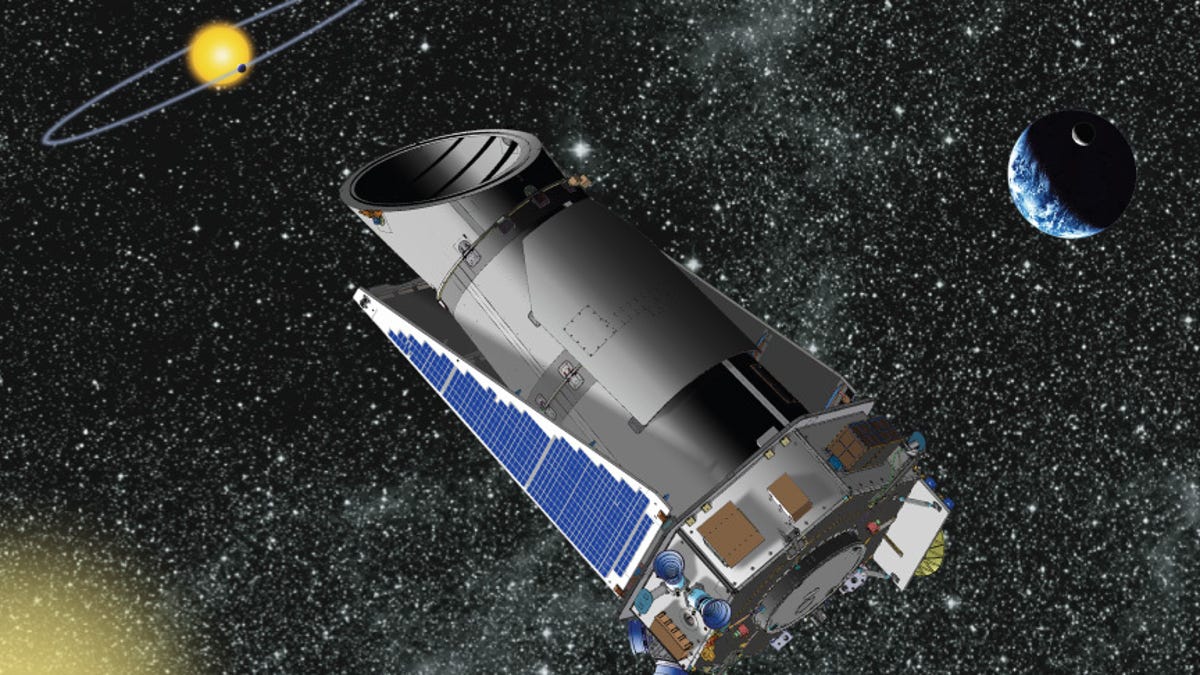NASA's Kepler telescope crippled by technical failures
Kepler's mission to find strange new worlds may be at an end after serious technical failures afflict NASA's famous space telescope.

The Kepler space observatory has been a source of great wonder since it first launched in 2009. It has turned its eyes out into the great vastness of space and seen new planetary systems and potentially life-supporting planets. The telescope's original 3.5-year mission was extended into 2016, but that may now come to a halt as serious technical issues take a toll.
Kepler is able to look out in certain directions thanks to four reaction wheels that are used to point the spacecraft. As of Wednesday, two out of four reaction wheels have failed.
NASA is looking to a structural failure of the wheel bearing as a culprit. Ultimately, this means Kepler can't be controlled and directed as it was before. Kepler has now been put in a resting state to minimize fuel use while NASA attempts to correct the problem.
The next steps could take days or weeks to complete, but NASA will likely attempt to gain back wheel functionality or determine if the observatory's thrusters could be used in conjunction with the working wheels to once again orient the spacecraft.
Despite these setbacks, no decision has been made to end Kepler's mission just yet.
Should this be the craft's death knell, though, it will still have led an extraordinary life. "Even if data collection were to end, the mission has substantial quantities of data on the ground yet to be fully analyzed, and the string of scientific discoveries is expected to continue for years to come," NASA said.
(Via USA Today)

